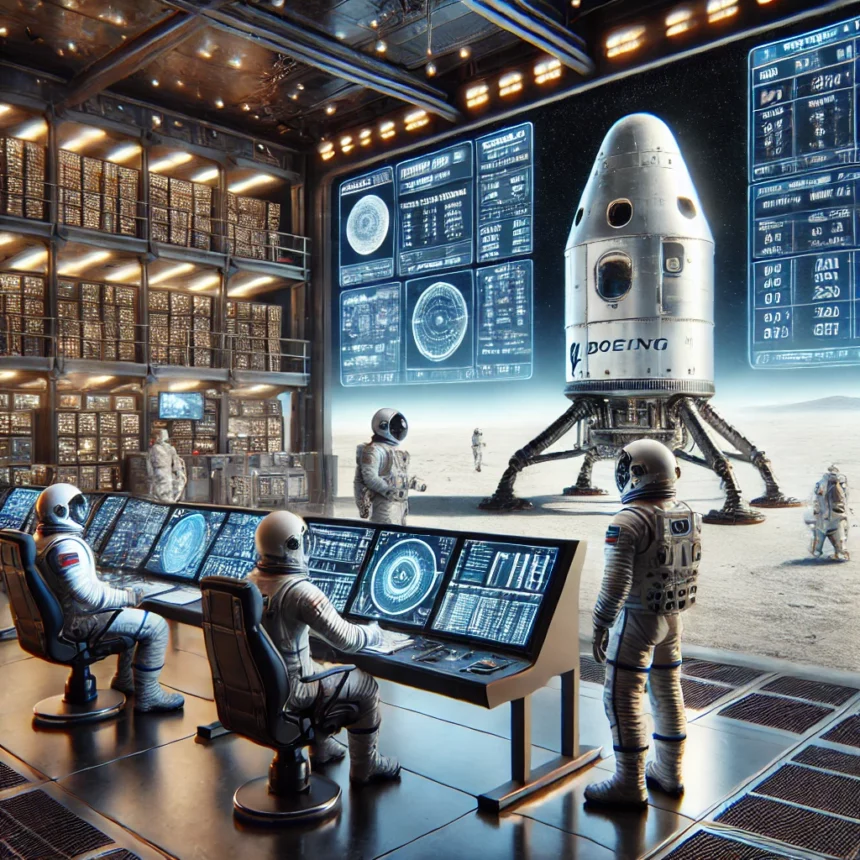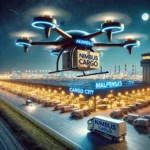Astronauts Confident in Safe Return with Boeing Space Capsule
This week, NASA and Boeing are conducting critical tests on the Starliner capsule at White Sands Missile Range in New Mexico. The focus is to replicate and resolve recent thruster issues in the spacecraft’s propulsion system, which is essential for maneuvering in space.
On June 6, as the Starliner approached the space station, five of its thrusters failed. Since then, four have been reactivated. Despite these problems, astronaut Butch Wilmore believes there are enough functional thrusters to safely return him and fellow astronaut Suni Williams to Earth. Additionally, larger engines can be used if necessary.
Wilmore emphasized their commitment to ensuring a safe return: “Failure is not an option. We trust that these tests will provide the data we need to come back safely.”
Boeing and NASA are performing ground tests to identify the cause of the thruster failures. Since the service module, where the issues occurred, is discarded before landing, it’s crucial to resolve any problems now. Tests have yet to replicate the high temperatures experienced during flight, which might have contributed to the failures. Managers aim to confirm that the thrusters are not damaged before bringing the Starliner back.
Helium leaks are also under investigation, potentially caused by faulty seals. Despite these leaks, officials are confident there is enough helium for the return trip.
Hurricane Beryl delayed some of the testing efforts as the Johnson Space Center in Houston, home to NASA and Boeing control centers, was closed to non-essential staff earlier this week.
Mark Nappi from Boeing assured that in an emergency, the Starliner could return the crew immediately. He stated, “While we don’t believe the thrusters are damaged, we want to be certain by running these tests.”
NASA commissioned the Starliner and SpaceX Dragon capsules a decade ago, spending billions to ensure reliable astronaut transport to and from the space station. SpaceX conducted its first manned flight in 2020, while Boeing faced multiple delays with the Starliner due to software and other issues.
Despite the current challenges, there have been no discussions with SpaceX about sending a rescue capsule, according to NASA’s Steve Stich.
For more details on NASA’s space missions, visit NASA’s official website. To learn more about Boeing’s role in space exploration, check out Boeing’s space program.
Resolving the Thruster Issues
Testing at White Sands Missile Range is crucial to understand why the Starliner’s thrusters failed. This part of the spacecraft, the service module, is discarded before landing, making it essential to diagnose any issues beforehand. The tests have not yet matched the high temperatures reached during the actual flight, which might explain the thruster problems. Managers want to ensure the thrusters are not damaged and ready for the journey back.
Addressing Helium Leaks
In addition to thruster issues, helium leaks are being examined. These leaks might be due to bad seals, but there is still enough helium for the Starliner to return safely. Despite the setbacks caused by Hurricane Beryl, the teams at NASA and Boeing are committed to ensuring the spacecraft’s readiness.
Looking Forward
As NASA and Boeing work through these challenges, astronaut confidence remains high. The Starliner is part of a decade-long effort, alongside SpaceX’s Dragon capsule, to secure safe and reliable astronaut transport. While Boeing has faced delays, extensive testing and a commitment to safety continue to drive progress.
Stay updated on the latest developments in space exploration by visiting NASA’s blog and Boeing’s news section.
















